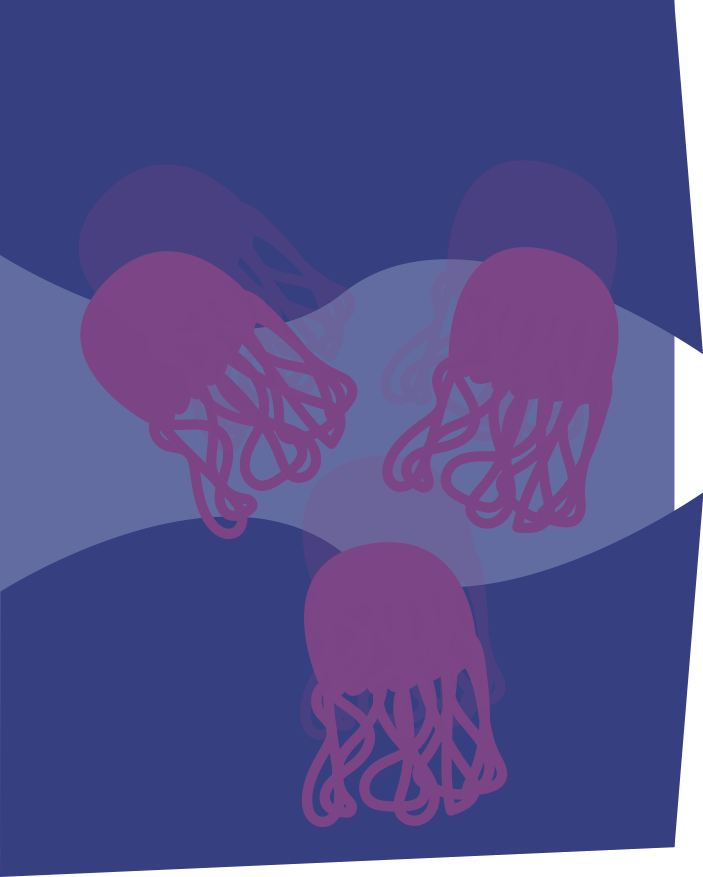A plethora of myths feature the idealized conception of a cure for human immortality, but the immortal jellyfish just might be the Benjamin Button of the sea. With the rare ability of reverting to a previous developmental stage as a response to aging, environmental stress, injury or illness, immortal jellyfish are often referred to as biologically immortal.
Immortal jellyfish were initially discovered in the Mediterranean Sea in 1883, but the regenerative nature of these organisms was unknown until recent studies on jellyfish.
In 1988, the capabilities of immortal jellyfish were unintentionally discovered by a German marine biology student, Christian Sommer. After forgetting to put the jellyfish in the refrigerator on a Friday, Sommer returned the following Monday to find the bowl with not a jellyfish, but a polyp.
“There hadn’t been enough time for the medusa in the bowl of seawater to spawn, grow into a larva, and end up a polyp over the weekend. Those transformations take weeks,” Juli Berwald explained in an article for Discover Magazine.
The process in which immortal jellyfish undergo for regeneration is referred to as the biological process of transdifferentiation. This means that non-stem cells are naturally transformed into a different type of cell.
“Clearly, some cells in this jellyfish can revert to a stem-cell state,” Julian Smith, a biology professor and director of Winthrop’s Microscopy Facility, said. “Stem cells are cells that are capable of repeated cell division
and are able to differentiate into various other types of cells. The simplest example in humans are embryonic stem cells – they can divide, and they’re capable of becoming any type of cell in the body.”
After a human has developed, most of the genes in the nuclei of cells are turned off. Through the process of transdifferentiation, immortal jellyfish demonstrate potential for stem cell research, more specifically the
regeneration of cells that the human body can no longer regenerate on its own.
“By undergoing transdifferentiation, an adult cell, one that is specialized for a particular tissue, can become an entirely different type of specialized cell. It’s an efficient way of cell recycling and an important area of study in stem cell research that could help scientists replace cells that have been damaged by disease,” according to an article from The American Museum of Natural History.
Despite potential benefits for medicine or science, the application of an immortal organism in stem cell research might pose a controversial question: could this be the cure for human mortality?
“Not directly,” Smith said. “A deeper understanding of the processes involved could certainly aid us in helping humans to regenerate damaged tissues. At present, about the only things that you regenerate are cell populations that are normally shed.”
Researchers and medical professionals remain hopeful of the potential benefits that immortal jellyfish could offer stem cell research. However, the secret of immortality remains with the jellyfish.
Graphic by Lizzy Talbert




